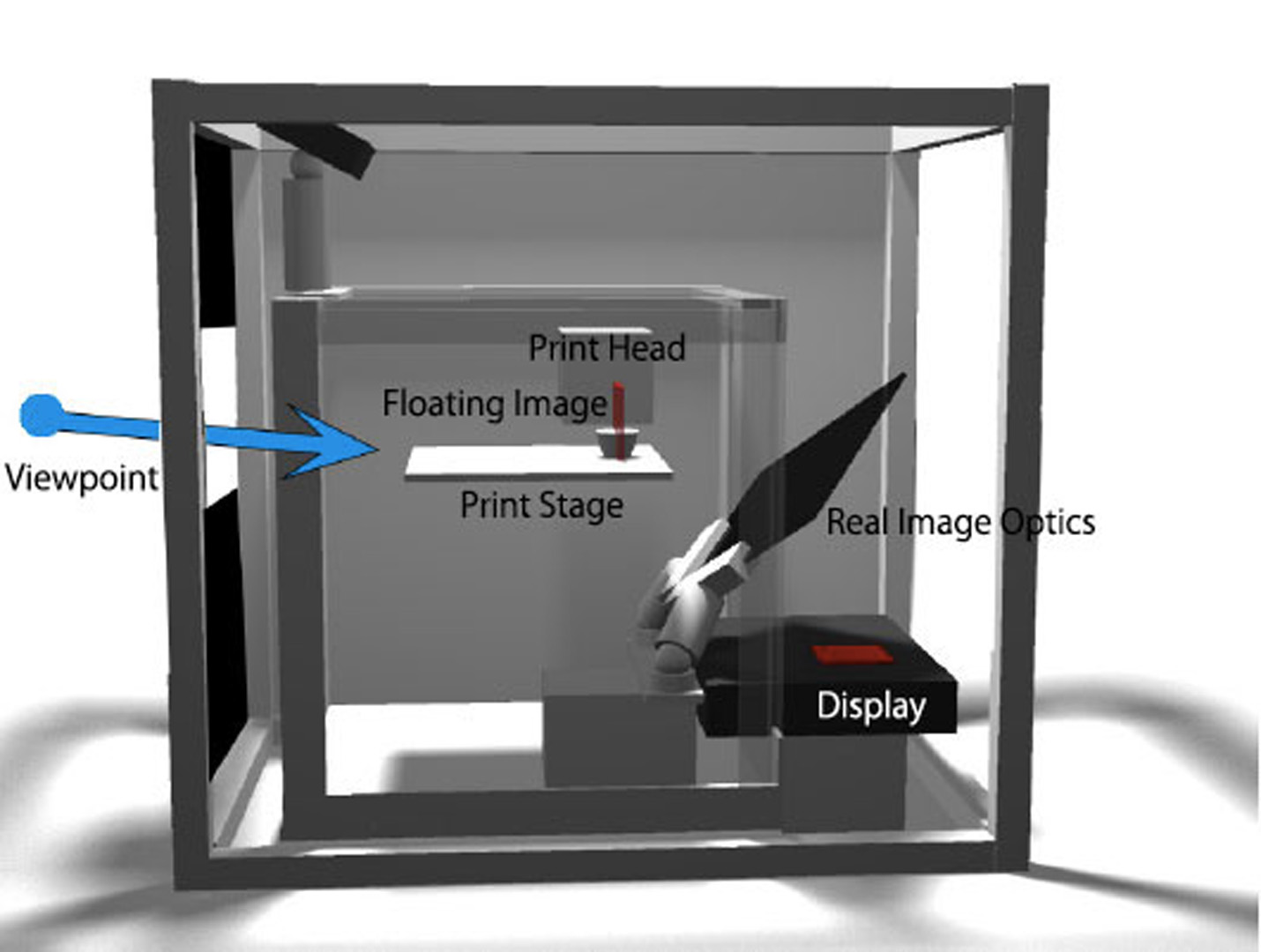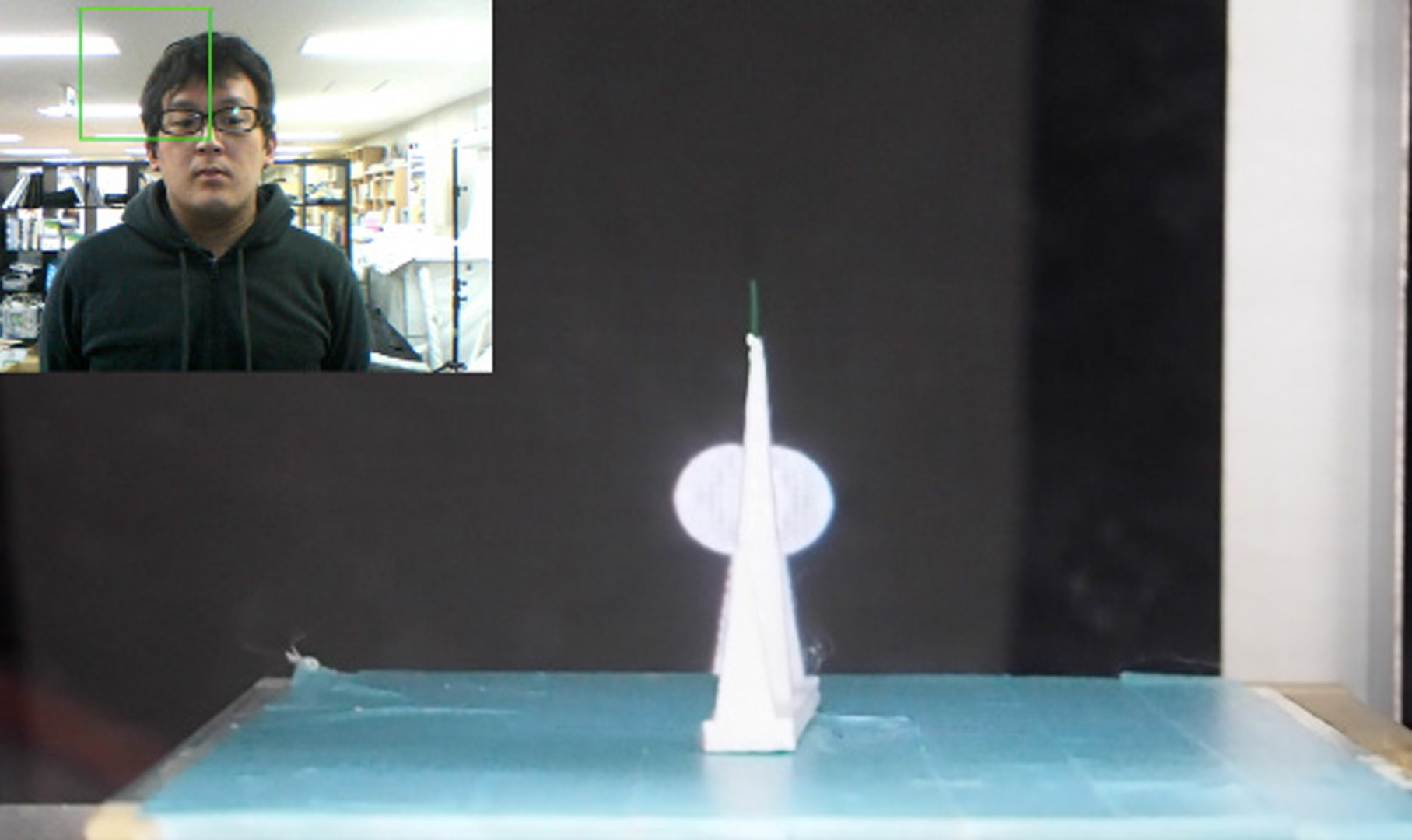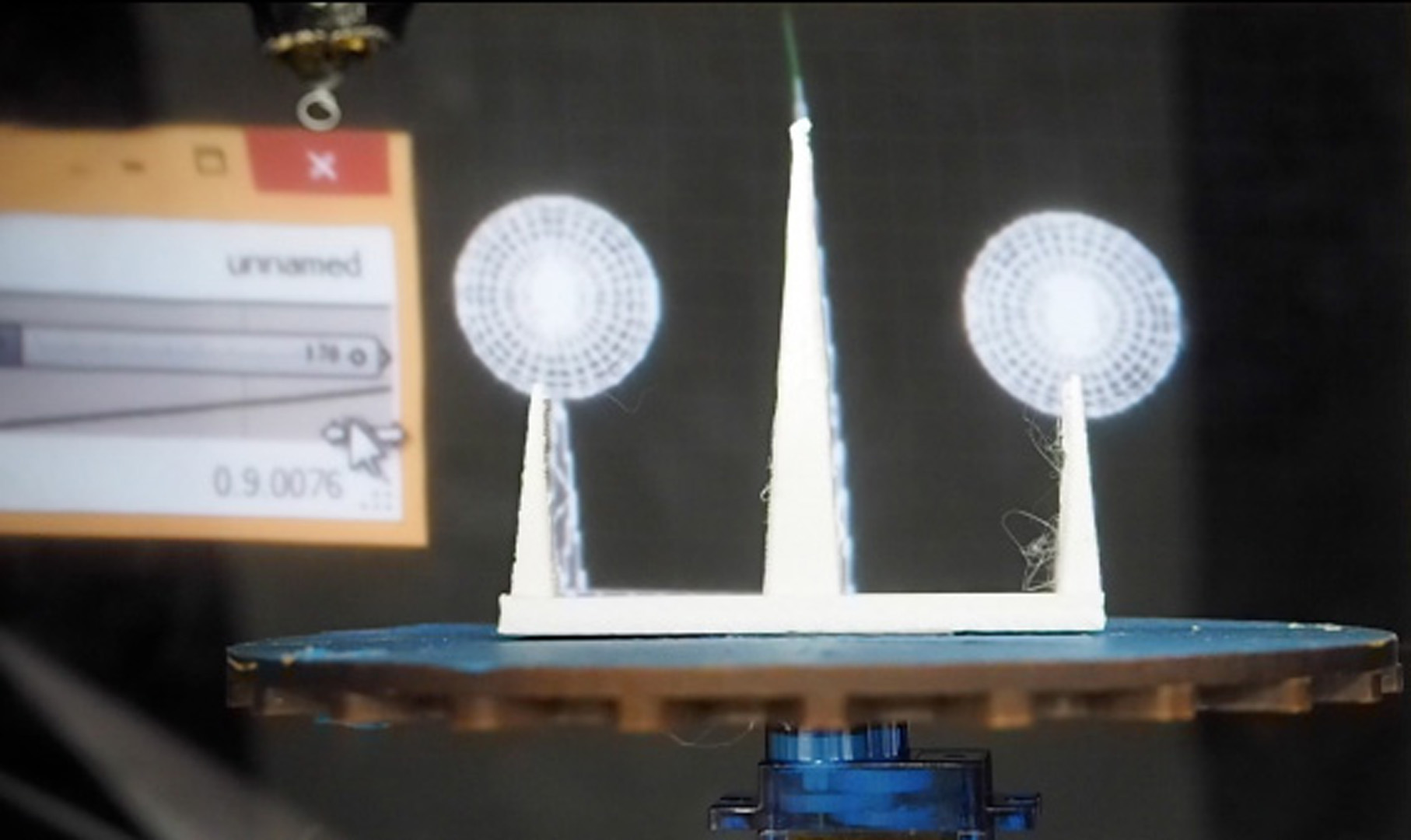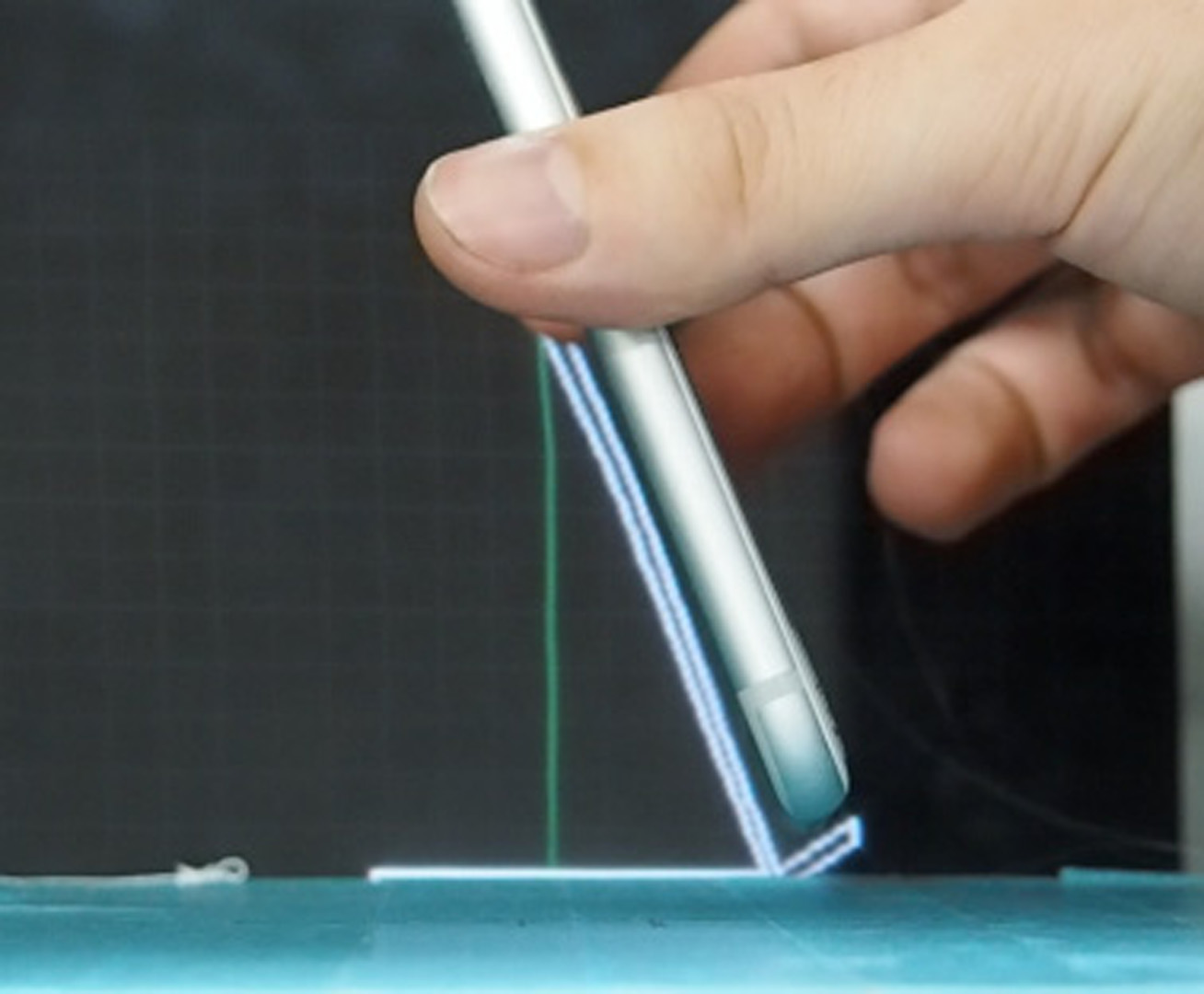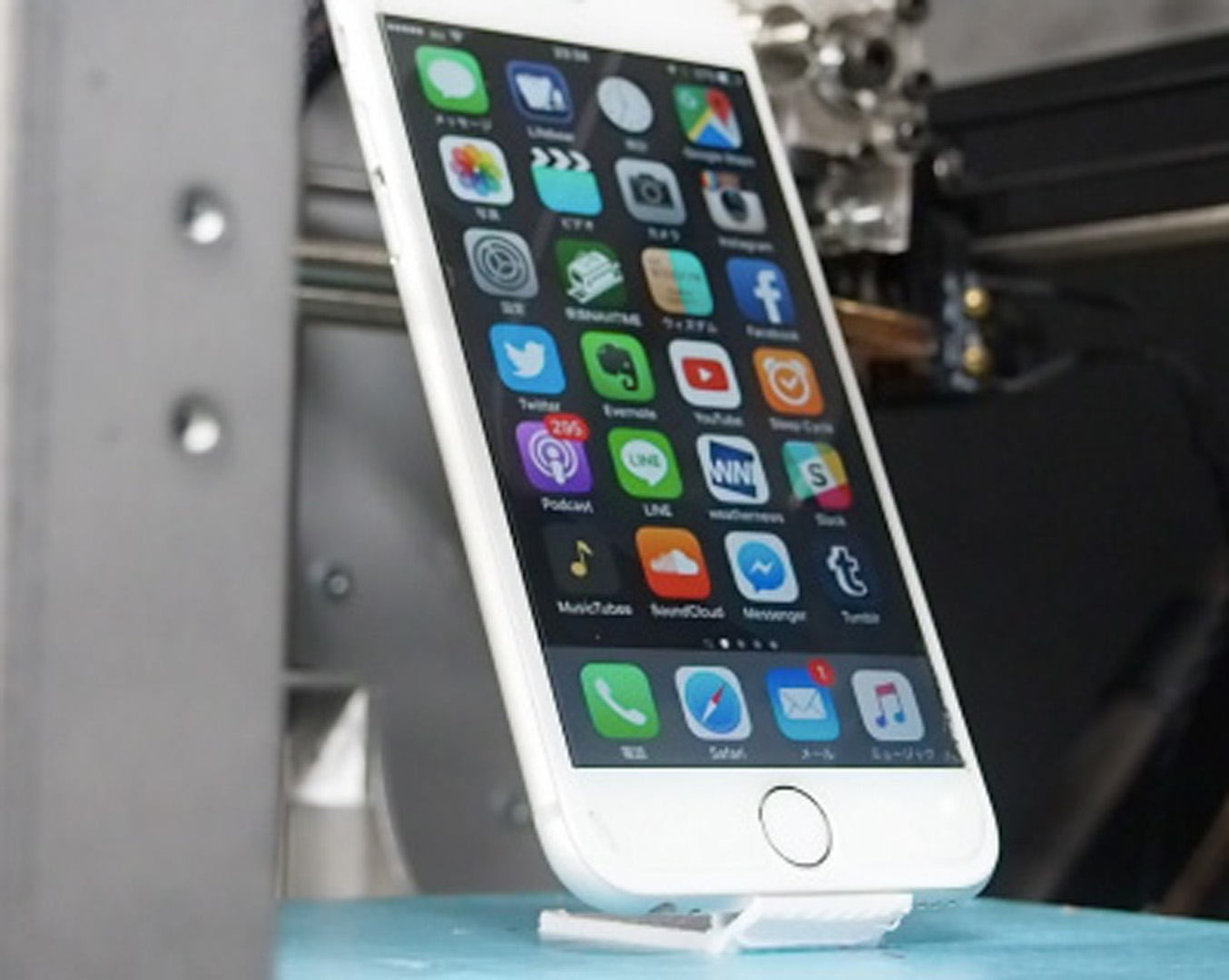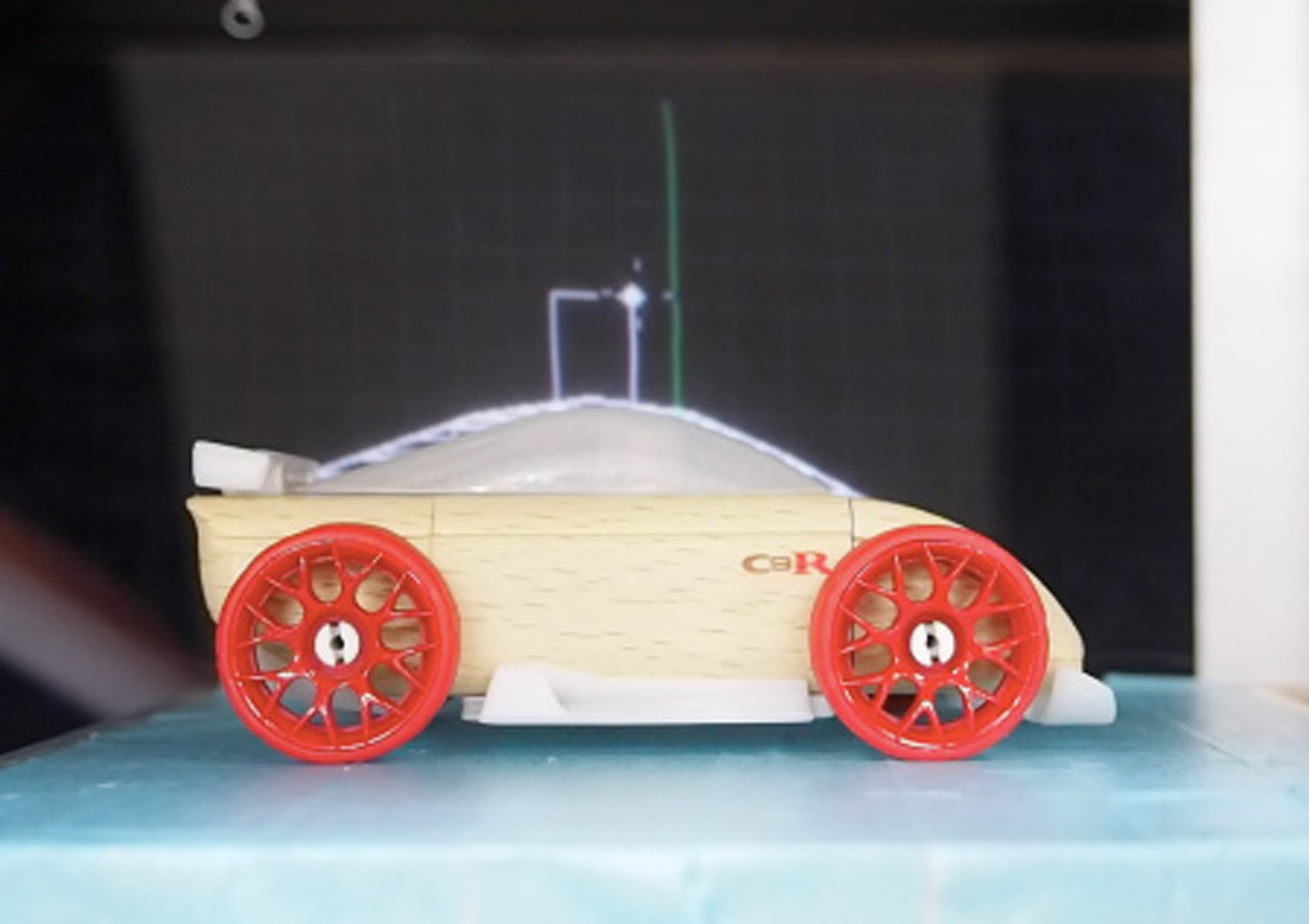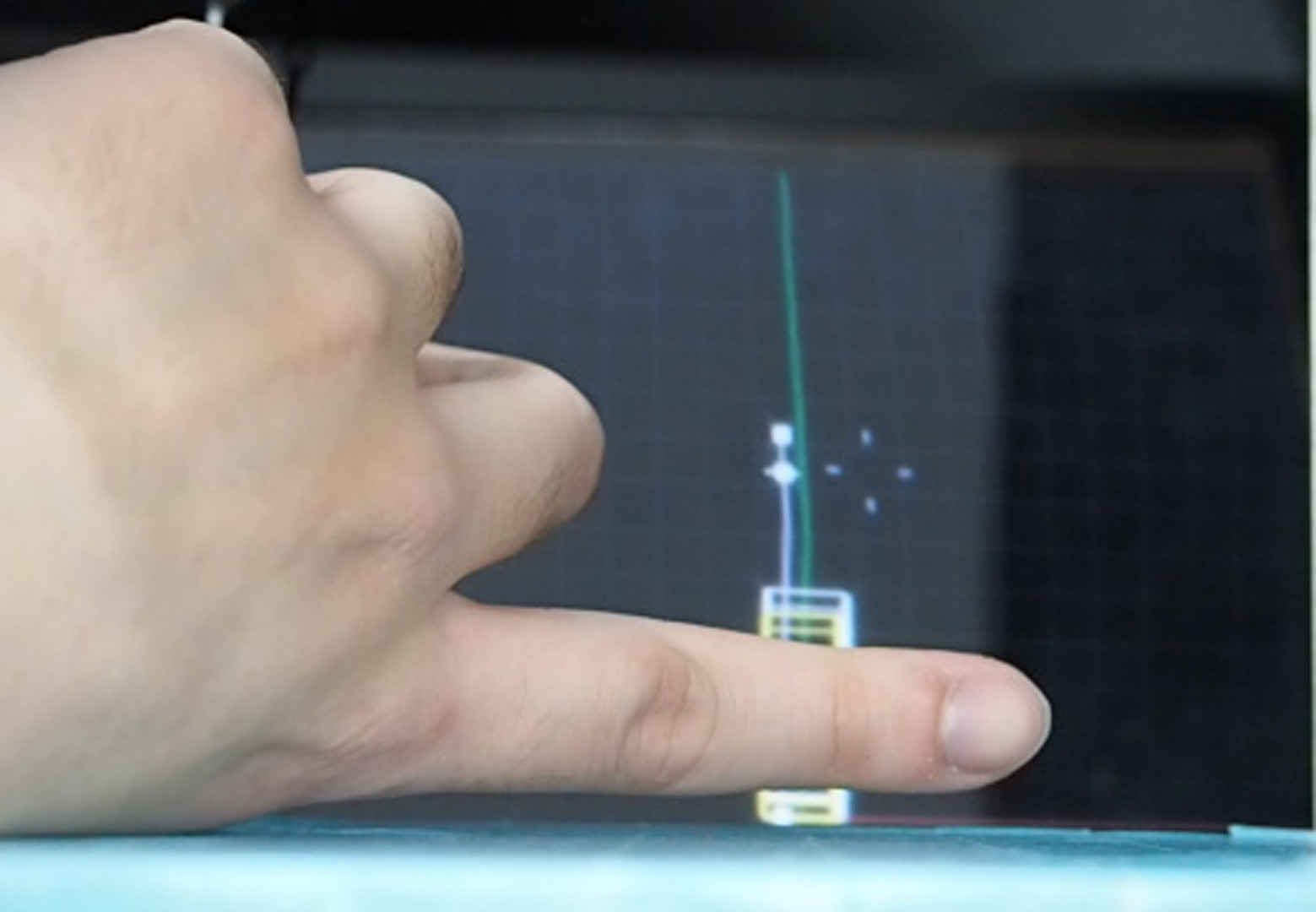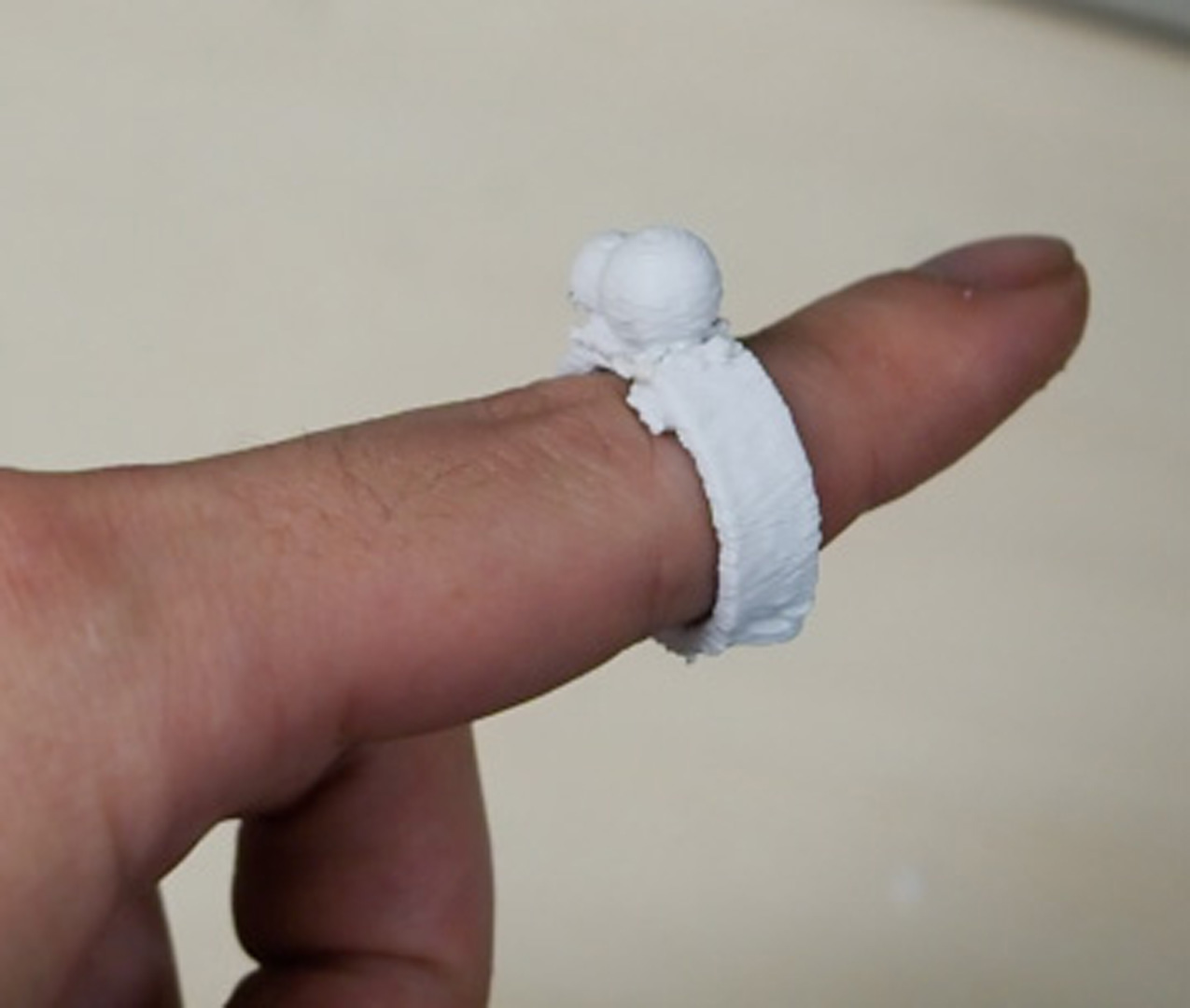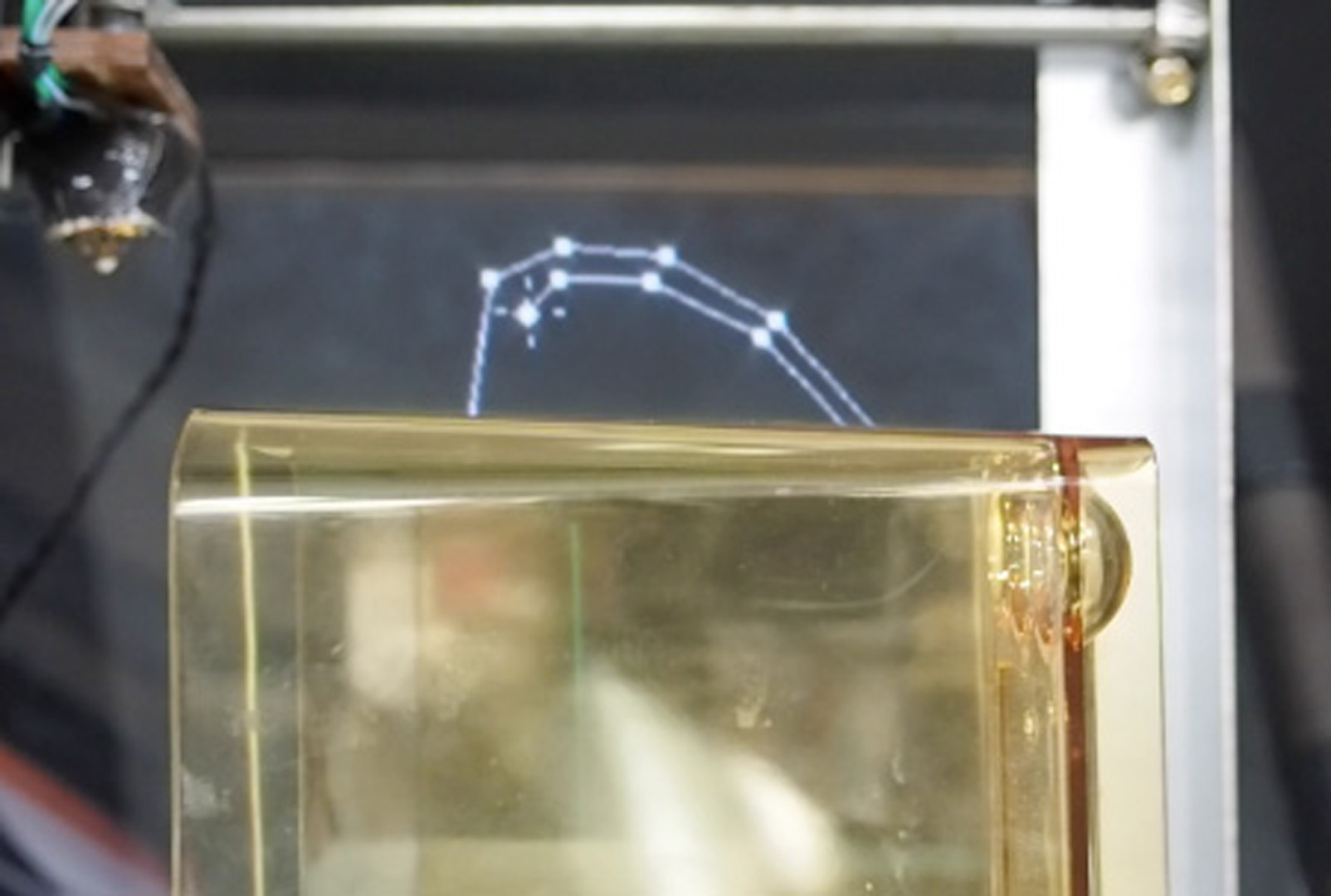“MiragePrinter: Interactive Fabrication on a 3D Printer with a Mid-air Display” by Yamaoka and Kakehi
Notice: Pod Template PHP code has been deprecated, please use WP Templates instead of embedding PHP. has been deprecated since Pods version 2.3 with no alternative available. in /data/siggraph/websites/history/wp-content/plugins/pods/includes/general.php on line 518
Conference:
- SIGGRAPH 2016
-
More from SIGGRAPH 2016:
Notice: Array to string conversion in /data/siggraph/websites/history/wp-content/plugins/siggraph-archive-plugin/src/next_previous/source.php on line 345

Notice: Array to string conversion in /data/siggraph/websites/history/wp-content/plugins/siggraph-archive-plugin/src/next_previous/source.php on line 345

Type(s):
Title:
- MiragePrinter: Interactive Fabrication on a 3D Printer with a Mid-air Display
Presenter(s):
Description:
The rapid proliferation of digital fabrication machines has resulted in creating an environment that enables more people to make various creations. From a viewpoint of Human Computer Interaction, it is often pointed out that interfaces bridging between works in the digital environment and the physical environment are necessary to support design for personal fabrication [WILLIS 2011] [WEICHEL 2014]. To fill the gap on the 3D print fabrication, we propose a new type of fabrication machine called “MiragePrinter’’ (Figure.1) that connects the users’ digital works and physical works seamlessly. More concretely, we make three contributions. Firstly, we propose a printer hardware, which can show floating images on a 3D printer stage. With this machine, users can simultaneously view optical images of their models and their physical manifestations in identical positions. Secondly, we have developed software and interfaces, so that users can control the displayed images and the printer actuations simultaneously. Basically the user can design models using existing CAD software overlapped on the 3D printer’s stage in real scale. In addition to this, the user can manipulate floating images through embodied interactions using head movements or rotating the stage. Thirdly, we propose several interactive functions on this machine for connecting the modeling process and the materializing process seamlessly. Users can design digital models by referring to the parameters of the existing physical objects placed on the stage. They can also add additional parts of the existing objects themselves.

